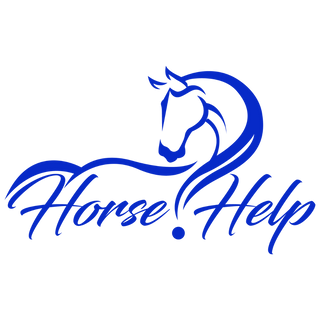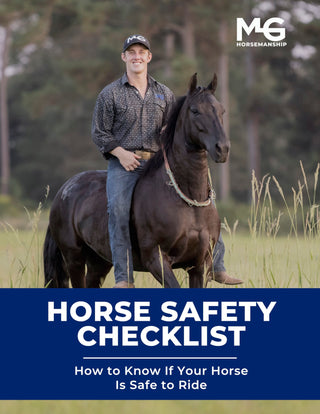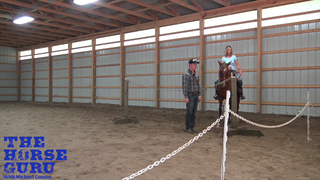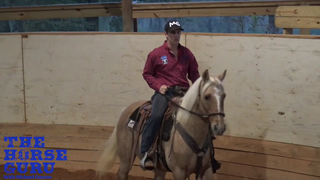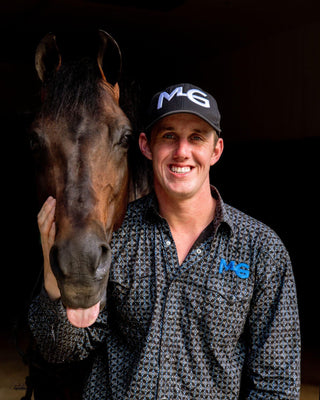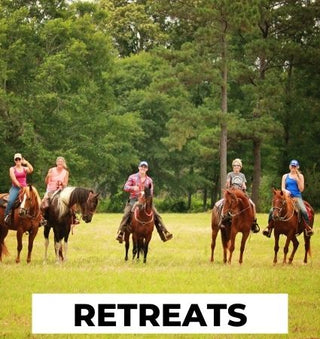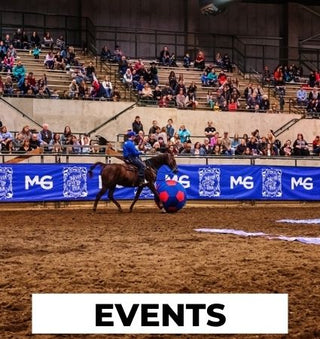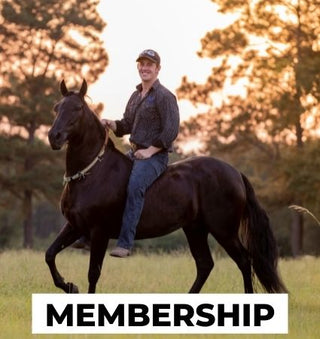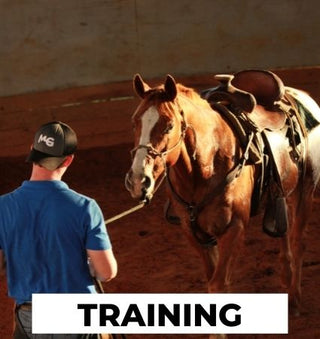Training a horse with a history of shutting down under pressure can be incredibly challenging, but it also presents an opportunity for transformation. Meet Slinky, a six-year-old warmblood with immense potential as a Grand Prix prospect. Despite his talent, Slinky struggles with a common yet frustrating issue: he tends to freeze up and refuse to move when pressure is applied, a behavior known as “muling up.” This problem, though puzzling to many trainers, is not uncommon and is often the result of a horse being pushed too hard or too fast. In this blog, we’ll explore how we helped Slinky overcome his defensive behavior and build the confidence he needed to move forward successfully.
Why Horses Shut Down
When horses are overwhelmed, they may resort to one of three behaviors:
- Shutting down and refusing to move.
- Crawfishing or running backward.
- Running backward to the point of flipping over.
These reactions stem from a defense mechanism, but the solution lies in a simple principle: control the head to control the horse.
Building Movement Through Release
The Importance of Head Control
To address Slinky’s behavior, we focused on controlling his head to manage his body. When a horse is bent, it’s harder for them to resist pressure or freeze up. By applying assertive pressure and rewarding even small movements, we encouraged Slinky to move and made forward motion a positive experience.
Start with the Basics
The process began on the ground. With groundwork exercises, we worked on:
- Moving Slinky’s hindquarters and shoulders.
- Teaching him to back up without physical pressure.
- Ensuring he moved off of light pressure with ease.
Small victories, like bending and moving his feet, laid the foundation for progress.
From Groundwork to Saddling
Transitioning to Saddle Work
Once Slinky was comfortable on the ground, we introduced him to saddle exercises. The key was to:
- Establish control over his head.
- Disengage his hindquarters when he resisted.
- Use assertive yet fair pressure to encourage movement.
Addressing Resistance Under Saddle
Slinky’s ingrained defensiveness required patience. By flexing his head and moving his body in different directions, we disrupted his tendency to lock up. Breaking tasks into manageable steps allowed him to process and respond without frustration.
Big Releases, Big Results
The Power of Releasing Pressure
Horses thrive on clarity. With Slinky, every correct response was rewarded with a release of pressure and a moment to breathe. This approach:
- Built trust.
- Reinforced positive behaviors.
- Reduced his reliance on defensive tactics.
From Shutdown to Success
Achieving Forward Movement
By the end of the session, Slinky’s mindset had shifted. Moving forward became his "happy place," and he found comfort in maintaining a steady rhythm without resistance.
Key Takeaways for Trainers
For horses like Slinky, who have developed deep-seated defensive behaviors:
- Focus on head control: A horse that can flex and bend is easier to manage.
- Reward effort: Big releases signal to the horse that they’ve done the right thing.
- Patience is essential: Breaking down tasks helps the horse process and learn.
Slinky’s journey is a reminder that with the right approach, even the most challenging horses can rediscover their potential.
Get the training and support you need—join the Horse Help Challenge now HERE!
